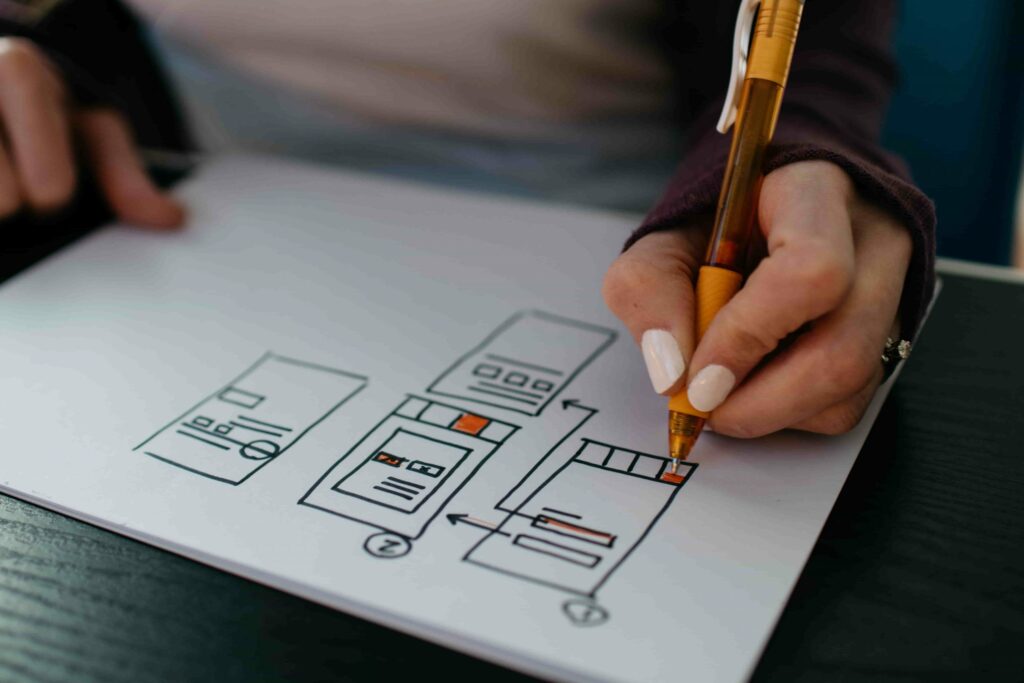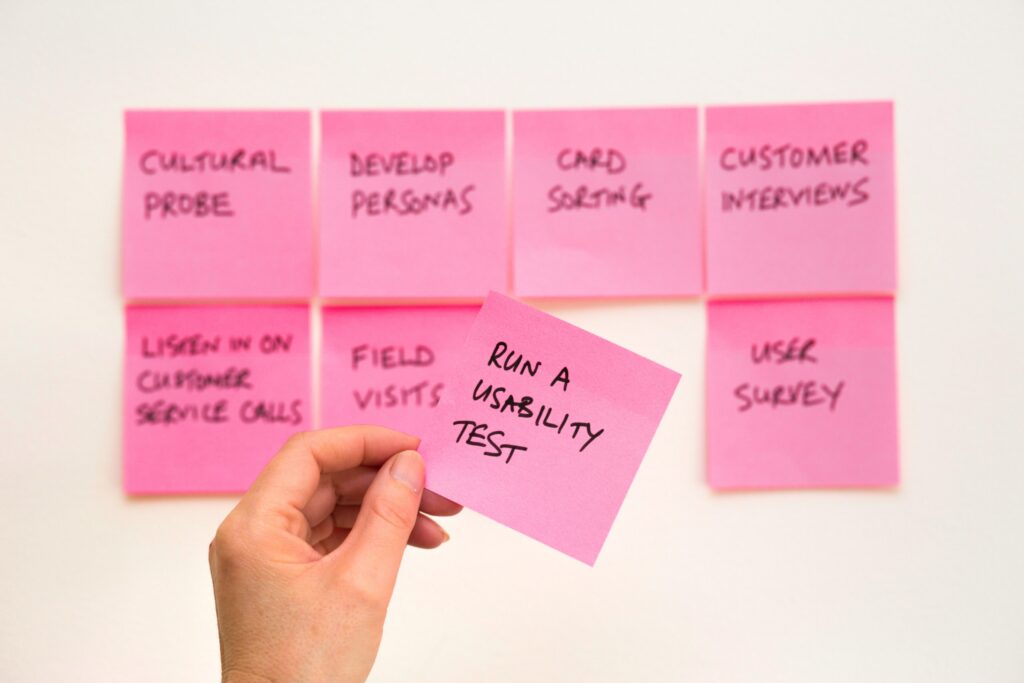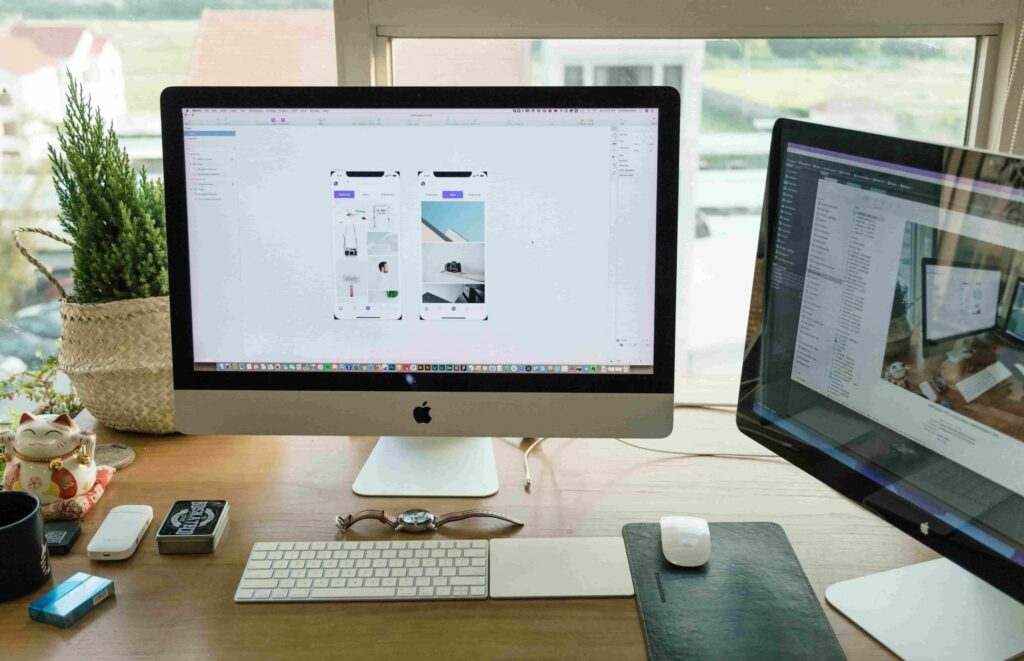journals
Search journals
Learn the pros, cons, and utility around friction in UX. Tackled right, it can help big time in the user flow. Handled poorly, it can lead to users dropping off or cancelling usage altogether.
Technology has greatly evolved in the last few decades. The world of powerful brands and their products are built around engaging, effective user experiences. Here, we list 10 reasons why businesses should invest in UX.
To design the best possible user experiences, understanding your users is key. And this is made possible through user testing and research. This guide contains useful tips that’ll help designers prioritize their user test research questions.
The UX process, as you already know, is quite sophisticated and detailed. The process goes from understanding and defining the user’s problem, minimizing or removing disruptions, and offering the best possible solution. These apps can help ease it out.
Design thinking and teamwork should positively influence each other. Design thinking encourages curiosity, flexibility, collaboration, and positivity, creating teams that are on the same page when it comes to finding solutions for problems.
Keeping some UX best practices in mind can make your app stand out from the clutter during a time when almost 80% of them are discarded within the first three days of use.
If tech startups can implement certain rules of UX from the get-go, their designs are in good hands. By following these rules, create designs that effectively communicate value and make users happy.
Over many years of research, philosophers and psychologists have made observations on human nature that stand true to this day. If you’re a UX designer, chances are, you’ll want to pay attention to them.
Design has evolved from putting aesthetics into functionality, to championing the case of users. Simply put, it is converting an insight into a solution, product or even a feature. Design, at its best, can change business models and transform products. It can disrupt a marketplace.














